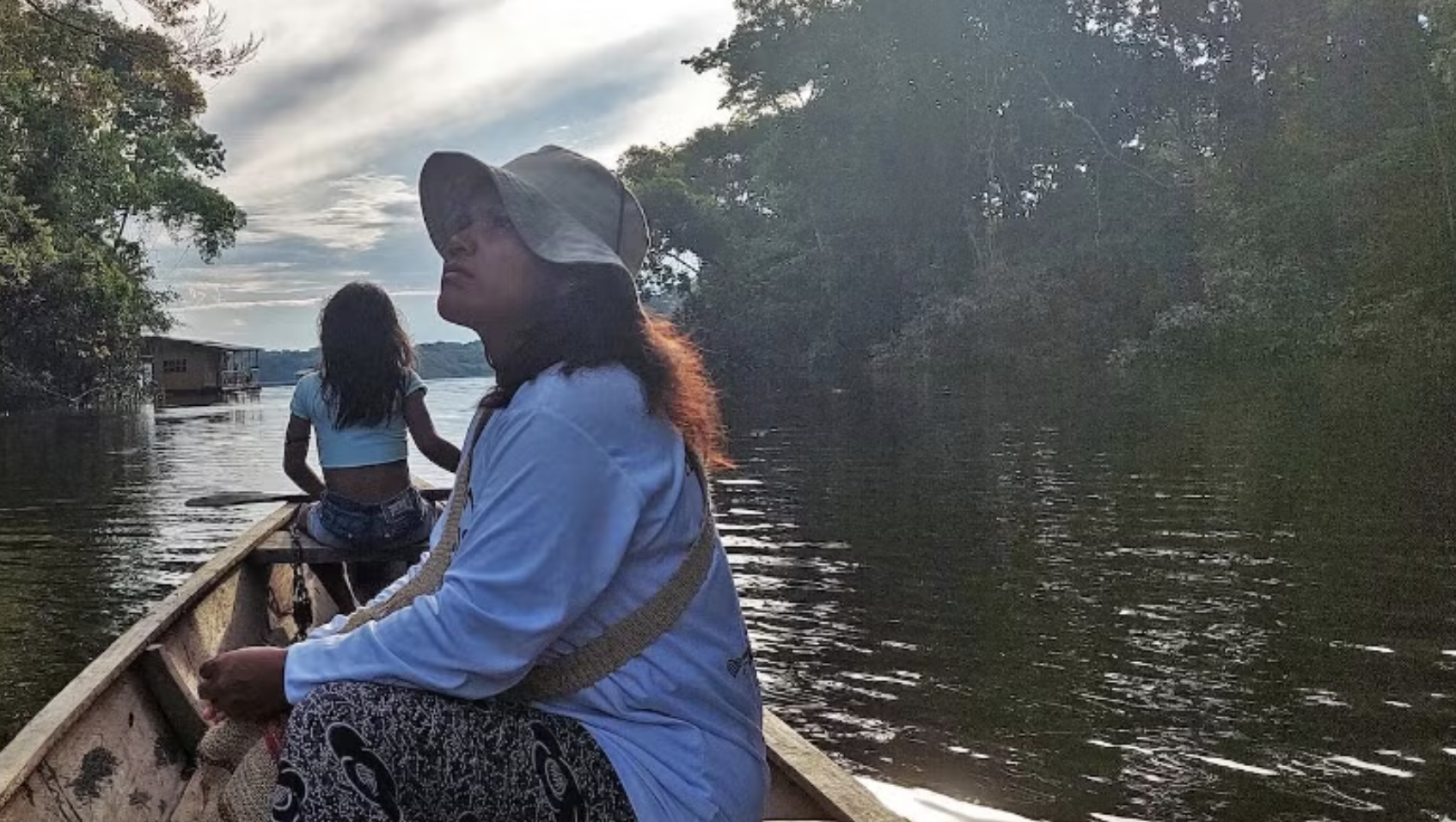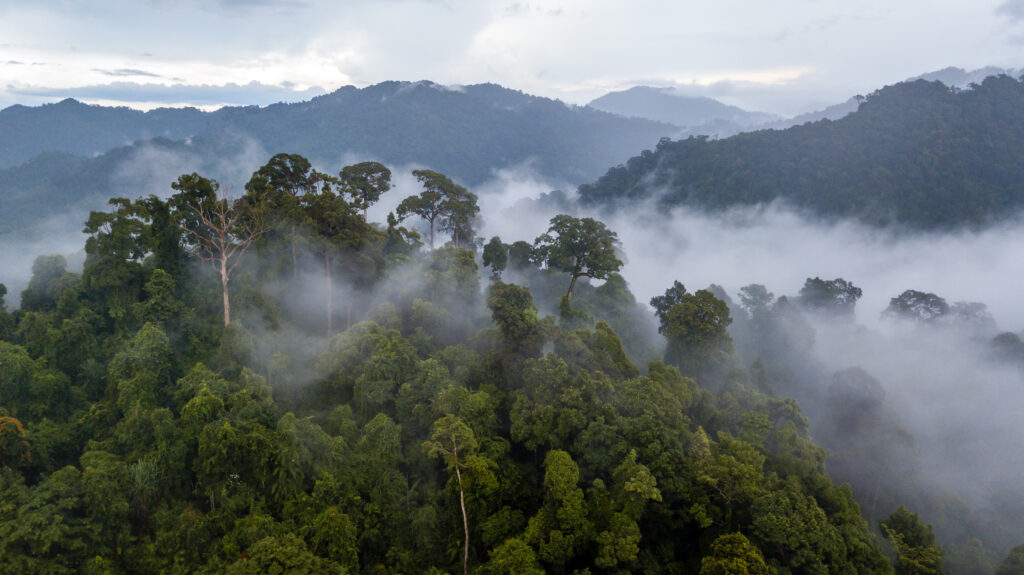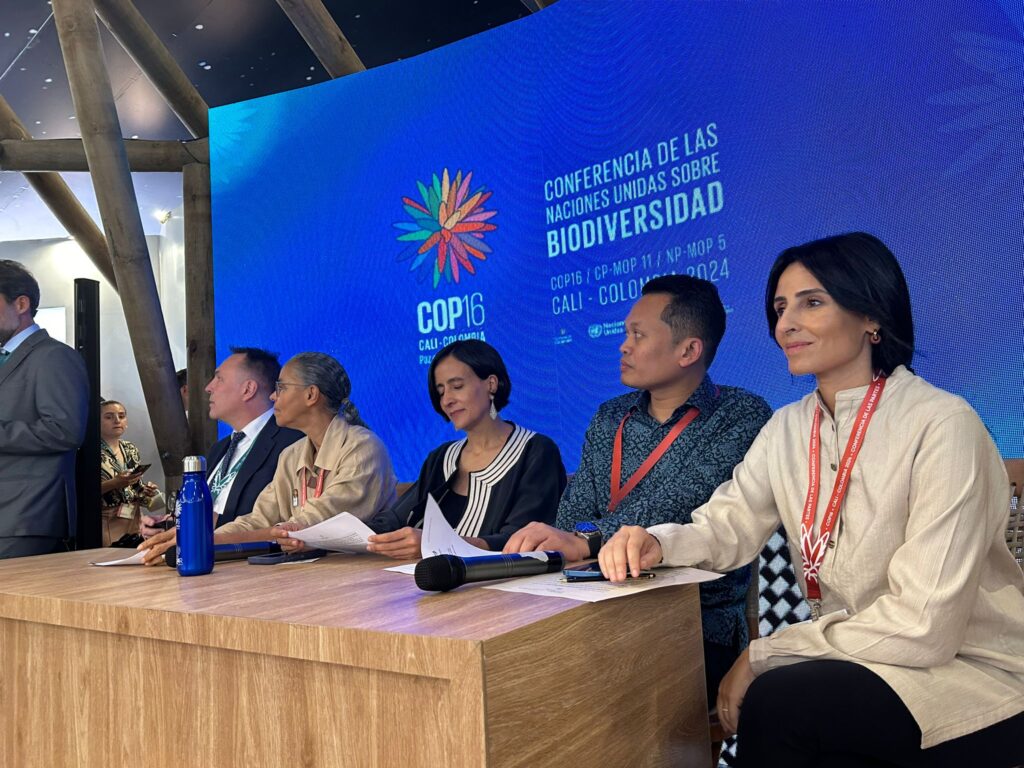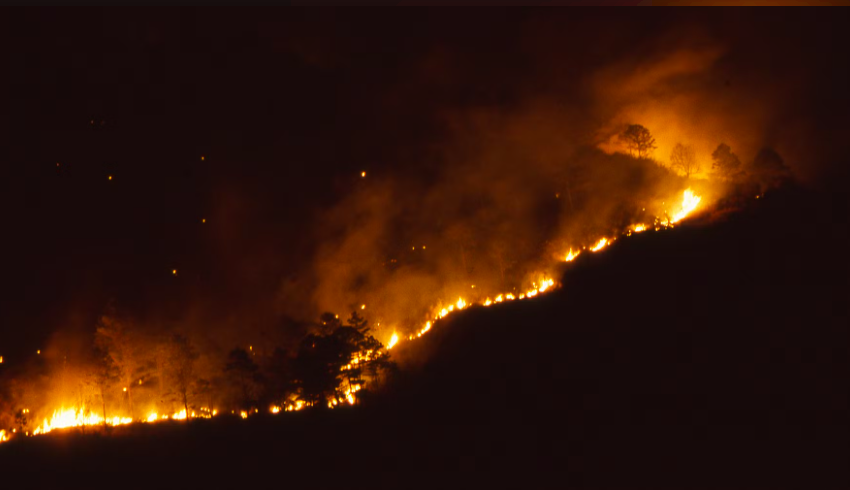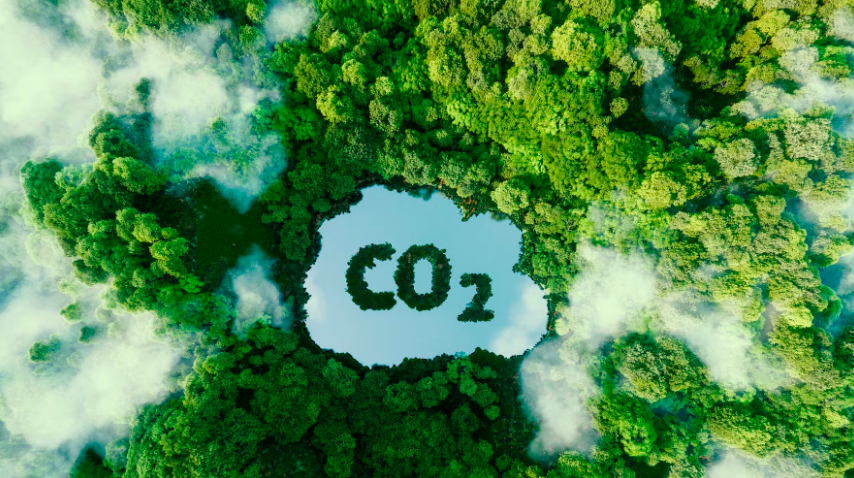In the Ticoya Reserve in the Amazon, women from various indigenous communities have initiated the restoration of a wetland severely impacted by overfishing. Through partnerships with environmental organizations and authorities, they successfully implemented a sustainable fishing agreement, while actively monitoring fish populations and restoring forests.
Women from indigenous communities in the Ticoya Reserve in Colombia’s Amazon region have taken a key role in protecting the unique wetland around Lake Tarapoto from overfishing, reports Mongabay.com.
The Lake Tarapoto wetland is home to a variety of fish species that are essential for both the ecosystem and food security of the 22 indigenous groups living in the area. However, the wetland has been severely affected by intensive overfishing for decades, damaging the fish populations and ecosystem.
Women at the Forefront
With Lilia Java, female leader of the Cocama people, leading the initiative, local women have taken on the role of guardians of biodiversity in the area. Through a number of initiatives, they have ensured that fish stocks are sustainably managed. For example, they closely monitor fish populations and have formed partnerships with local authorities and environmental organizations to work towards a sustainable fisheries agreement, which now imposes fishing restrictions.
Lilia Java explains to Mongabay that the wetland around Lake Tarapoto is of great significance to the women: It is their learning space, their home, and a symbol of their culture and history. It is the place that nourishes all life in their region. That’s why it is so important for them to protect it.
The women are also working to restore and protect the flooded forests along the river and lake shores, known as pepeaderos. These forests are vital as they support fruit-bearing plants that provide a crucial food source for the fish.
An important aspect of the women’s initiative is their effort to educate the local community about the importance of preserving and respecting the area’s biodiversity. They organize workshops to inform the indigenous people, other locals, and the wider community about the significance of protecting the wetland and its fish stocks. This involvement has increased the local community’s motivation to protect the area’s biodiversity. The women’s efforts have led to a rise in the fish populations in the area.
Indigenous Peoples are Crucial Partners in Nature Restoration Projects
The women’s leadership and expertise in sustainable fishing and ecosystem restoration provide an inspiring example of how local knowledge and commitment can protect ecosystems and safeguard natural resources. Studies also show that biodiversity tends to be higher in areas where indigenous peoples hold territorial rights. For this reason, indigenous communities are key partners for Forests of the World in our work to protect and enrich forest ecosystems. By strengthening indigenous rights, we help protect natural areas from deforestation, mining, illegal fishing, and other forms of exploitation that threaten tropical forests and surrounding ecosystems. This benefits both biodiversity and the livelihoods of indigenous peoples, while also helping combat global climate change.
Press Contact
Jonas Schmidt Hansen
Who is Forests of the World?
We work to preserve the world’s forests, both in Denmark and the world’s tropical forests.Our focus areas include sustainability, Indigenous Peoples and local engagement.
